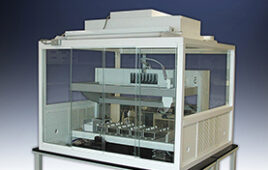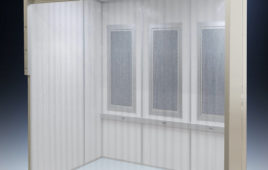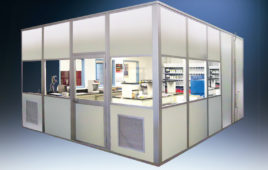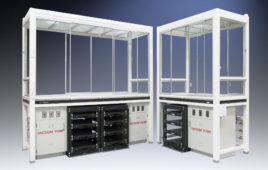Power failure, by definition, is a total loss of utility power. Utility power losses are caused by numerous events including lightning strikes, downed power lines, transformer malfunctions, over demands on the grid, accidents, weather anomalies, and natural disasters.
Power Sag: Power sag is a short-term, low voltage supply, from the utility. The duration of a power sag can be extremely short or may last for a few seconds. A power sag can be triggered by various load and utility switching mechanisms. Utility equipment failure, utility switching, lightning, large load start-up, and demand that is greater than the power service can handle can all be contributing factors to power sags. Power sags can cause crashes to equipment and hardware damage. Typically, the hardware damage may entail memory loss, data errors, flickering lights, equipment shut-off or malfunction with automatic shut-off.
Power Surge: This is the opposite of a power sag. In this case, the short-term high voltage can be 110% above the nominal supply voltage. Power surges can be caused by lightning strikes sending line voltages above 6,000 volts. Power surges, also known as “power spikes,” invariably result in both data loss and hardware damage. The resulting damage could entail problems similar to power sag.
Undervoltage: Undervoltage, also known as “brownout”, is a condition that may be intentionally induced by the utility. The definition of undervoltage is when line voltage is reduced for an extended period of time—from a few minutes to as long as a few days. The utility may enact a “brownout” during peak demand periods to conserve power. The effect of the “brownout” can predicate premature hardware failure, data loss and corruption.
Overvoltage: Overvoltage is the opposite state from undervoltage or increased voltage for a duration of time. Overvoltage is a fairly infrequent occurrence but occurs in instances of rapid reduction in power loads, shut-off of heavy equipment, or by utility switching. Overvoltage can incur extensive hardware damage including burned-out circuit boards, component stress or loss, memory loss, data loss and data errors.
Electrical Line Noise: Electrical line noise is a high frequency waveform caused by radio frequency interference (RFI) or electromagnetic interference (EMI). Equipment such as transmitters, welding devices, SCR driven printers, lightning, and electrical equipment, etc. can generate RFI and EMI conditions. Varying degrees of damage can occur from simple keyboard lock-ups to program failures, data crashes and data corruption.
Switching Transients: By definition, this is an instantaneous undervoltage. Normal duration of this anomaly is less than a “voltage spike,” typically in the range of nanoseconds. Damage may be incurred in both hardware and software resulting in burned circuitry, component stress or failure, memory and data losses.
Harmonic Distortion: Harmonic distortion is the distortion of the normal line waveform. Harmonic distortion is, generally, transmitted by nonlinear loads. Switch mode power supplies, variable speed motors and drives, copiers, fax machines, variable speed pumps are examples of non-linear loads. Harmonic distortions can cause communication errors, overheating, and hardware damage. Common maladies and failures are CPU clock errors, overheating, and premature failure of electrical components.
From: “Power: The Unregulated Utility in Pharmaceutical Environment”




